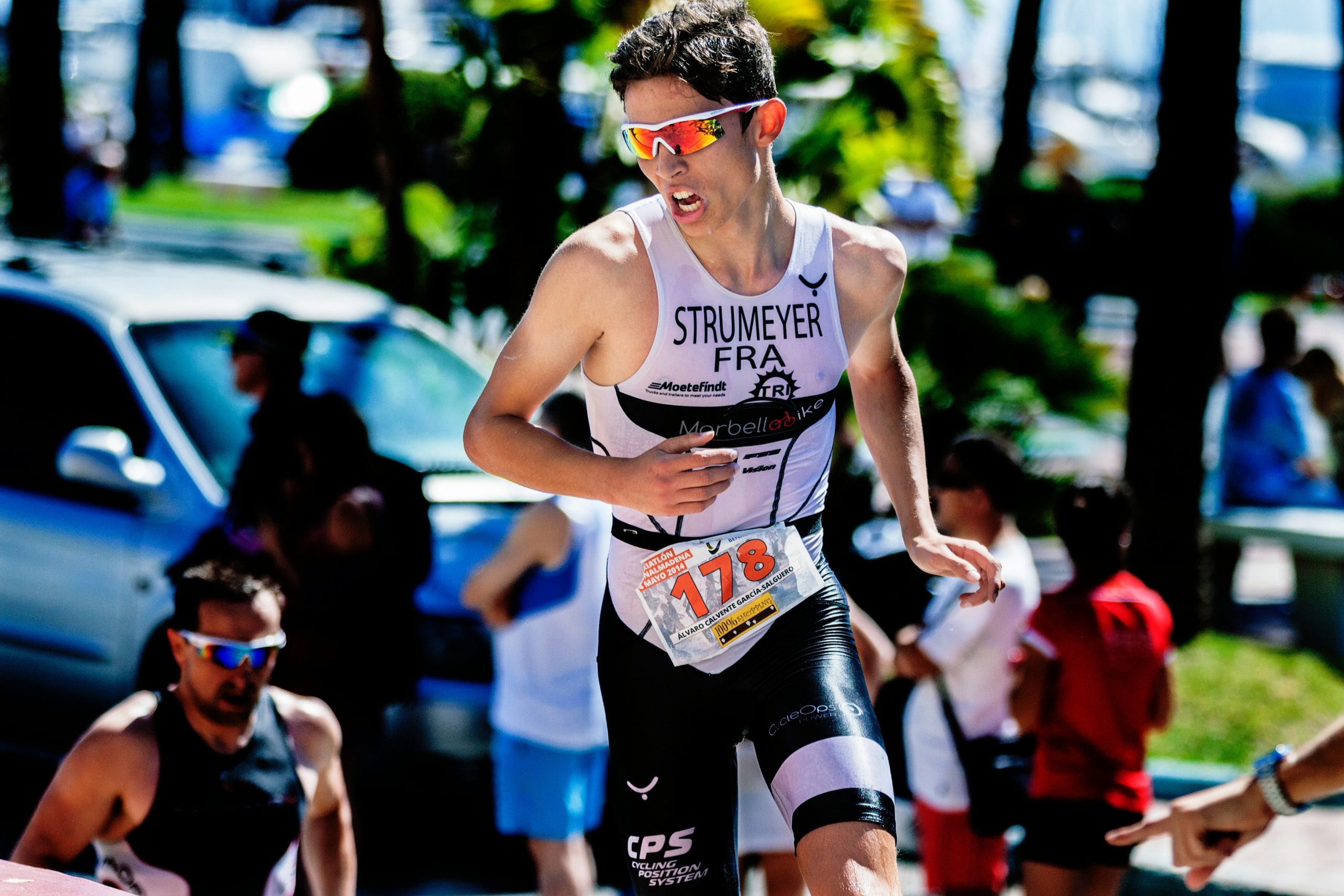
Innovations in Sports Training Methods
Introduction
In recent years, sports training methods have undergone significant transformations, driven by advances in technology, sports science research, and innovative coaching philosophies. These developments have not only enhanced the performance of athletes but have also revolutionized the way sports are approached and practiced globally.
Technological Advancements
Wearable Technology
One of the most profound innovations in sports training is the advent of wearable technology. Devices such as GPS trackers, heart rate monitors, and accelerometers provide coaches and athletes with real-time data on performance metrics like speed, endurance, and physiological responses.
- GPS trackers like those developed by Catapult Sports enable precise tracking of movement patterns, helping coaches analyze player positioning and workload distribution during training sessions.
- Heart rate monitors such as those from Polar and Garmin offer insights into cardiovascular efficiency and recovery, allowing for tailored training programs based on individual physiological responses.
Virtual Reality (VR) and Augmented Reality (AR)
VR and AR technologies have also made significant strides in sports training. They are used to simulate game scenarios, enhance decision-making skills, and provide immersive training experiences.
- VR simulations allow athletes to practice in virtual environments that replicate actual game situations, helping them refine their strategies and reactions.
- AR applications overlay digital information onto the real-world environment, offering instant feedback on technique and performance during training sessions.
Data Analytics and Biomechanics
Big Data and Predictive Analytics
The integration of big data analytics in sports has enabled coaches to analyze vast amounts of performance data to optimize training strategies and prevent injuries.
- Teams like the NBAs Golden State Warriors use the Second Spectrum platform to analyze player movements and optimize offensive and defensive strategies based on opponent tendencies.
- Predictive analytics models help predict injury risks by analyzing biomechanical data collected from sensors embedded in athletes clothing or equipment.
Biomechanical Analysis
Advancements in biomechanical analysis have revolutionized the understanding of human movement and its application to sports training.
- High-speed cameras and motion capture systems like those from Vicon and Qualisys enable precise measurement of biomechanical variables such as joint angles and forces exerted during athletic movements.
- Biomechanical insights help coaches identify inefficiencies in technique and prescribe corrective exercises to optimize performance and reduce the risk of injuries.
Psychological and Cognitive Training
Neurofeedback and Cognitive Training
Neuroscience-based techniques have gained popularity in enhancing cognitive functions and mental resilience among athletes.
- Neurofeedback systems like those developed by NeuroTracker monitor brain activity and help athletes improve focus, concentration, and reaction times.
- Cognitive training programs, such as those offered by Axon Sports, use interactive exercises to enhance decision-making skills under pressure and improve overall performance.
Case Studies and Real-World Applications
Several notable examples illustrate the practical impact of these innovations:
- British Cyclings use of data analytics and aerodynamic testing to achieve remarkable success in Olympic competitions.
- The Seattle Seahawks implementation of VR simulations to enhance quarterback Russell Wilsons decision-making abilities.
- Professional tennis player Serena Williams using wearable technology to monitor her training intensity and recovery.
Conclusion
The evolution of sports training methods through technology and scientific research continues to push the boundaries of athletic performance. As these innovations become more accessible and integrated into training programs, the potential for athletes to achieve new levels of success grows exponentially. By leveraging these advancements, coaches and athletes alike can optimize training, maximize performance, and redefine what is possible in the world of sports.



